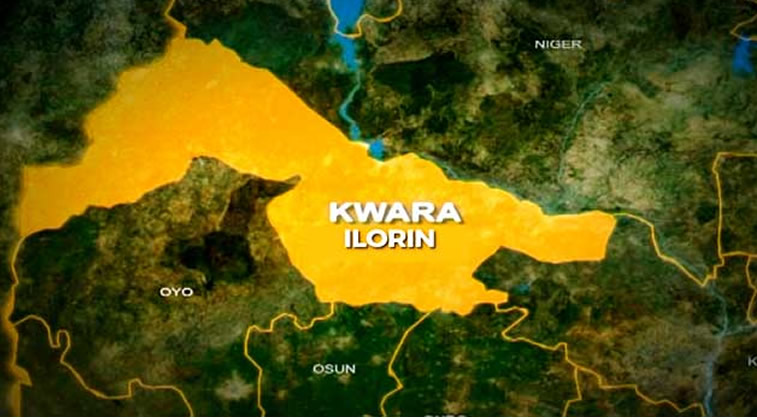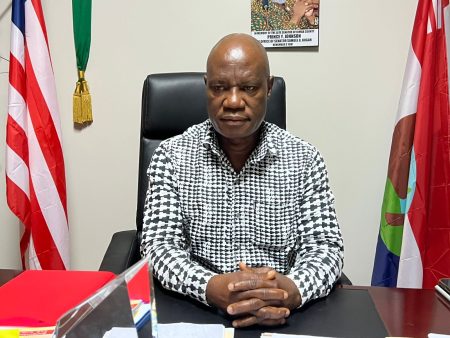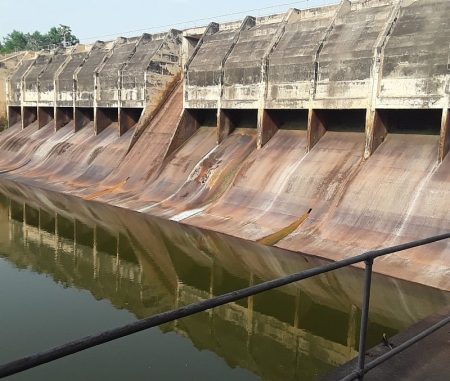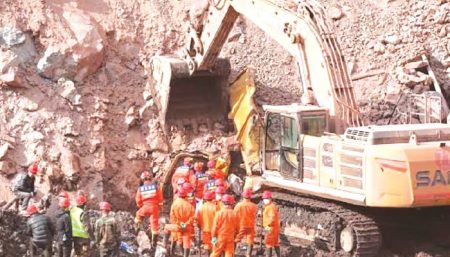The tranquility of Isin Local Government Area in Kwara State was shattered as youths and community leaders took to the streets, barricading the vital Ilorin–Omu-Aran–Kabba Highway on a Saturday morning. Their collective voice rose in protest against the escalating wave of banditry and kidnappings that had gripped their communities, plunging them into fear and uncertainty. The highway, a lifeline for commerce and travel, became a stage for their desperate plea for government intervention. Carrying placards bearing poignant messages like “Enough is Enough,” “Stop Kidnapping Our People,” and “We Demand Government Urgent Intervention,” the protestors painted a stark picture of a community held hostage by criminal elements. The demonstration underscored the profound impact of the relentless abductions, crippling farming and business activities, and pushing residents into a spiral of economic hardship and psychological distress.
The protestors, hailing from Isanlu-Isin, Oke-Onigbin, and Edidi communities, were led by respected traditional chiefs, signifying the gravity and widespread nature of the crisis. Chief Michael Ayanda, the Odee of Isanlu-Isin, articulated the community’s exasperation, revealing the immense financial burden borne by families forced to pay ransoms to secure the release of their loved ones. He lamented that despite paying a staggering N30 million ransom for two previously abducted individuals, the victims remained in captivity, with the kidnappers audaciously demanding even more money. The incident highlighted the vicious cycle of extortion and the apparent impunity with which the criminals operated, further intensifying the community’s sense of helplessness and vulnerability.
Adding another layer of tragedy to the situation, Chief Ayanda disclosed that seven vigilantes who bravely embarked on a mission to rescue abducted victims had also gone missing. This grim revelation underscored the perilous conditions faced by those attempting to combat the criminal elements plaguing the area. The subsequent discovery of one body and the destruction of 30 motorcycles belonging to the vigilantes painted a chilling picture of the risks involved in confronting the kidnappers and further fueled the community’s outrage and demand for decisive action. The missing vigilantes became symbols of the community’s struggle and a stark reminder of the human cost of the escalating security crisis.
As the protest unfolded, Oba Ademola Julus, the Olusin of Ijara-Isin, reached out to the agitated youths via telephone, appealing for calm. He assured them that he was actively engaged in addressing the crisis, having traveled to Abuja to discuss the security situation with the National Security Adviser. This intervention provided a glimmer of hope, suggesting that the community’s pleas were being heard at the highest levels of government. The Oba’s proactive approach sought to reassure the protestors that efforts were underway to address their concerns and restore peace to their communities.
Governor AbdulRahman AbdulRazaq, responding to the escalating crisis, issued a statement through his Chief Press Secretary, Rafiu Ajakaye, commending the bravery of the vigilantes who had confronted the bandits. This acknowledgement of the vigilantes’ courage served as a gesture of support and recognition for their efforts in protecting their communities. The governor’s statement hinted at a potential government response to the crisis, although specific measures were yet to be outlined.
The protest in Isin Local Government Area served as a stark illustration of the growing insecurity plaguing various parts of Nigeria. The community’s desperate plea for intervention echoed the concerns of many Nigerians grappling with similar challenges. The incident highlighted the urgent need for effective strategies to combat banditry and kidnapping, protect vulnerable communities, and address the root causes of these criminal activities. The protests on the Ilorin–Omu-Aran–Kabba Highway became a symbol of a community’s struggle against fear and a call for decisive action to restore peace and security. The incident underscores the imperative for comprehensive and sustained efforts to address this complex challenge and safeguard the lives and livelihoods of citizens across the affected regions.














